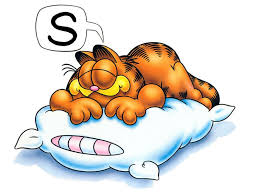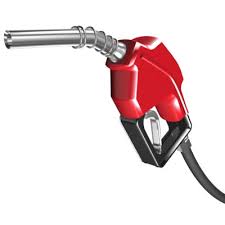Part 1:
Utility:
- The ability for a good or service to be useful to the consumer.
- The utility of coffee would be giving the consumer more energy.
Complementary Demand:
- Products that increase or decrease the demand for another product.
- Soccer balls and soccer cleats are an example of a complementary demand.

Substitute Demand:
- Products that compete against each other that can be used instead of the other.
- Instead of drinking coffee, consumers could just go to bed earlier to get enough energy for the day.

Elastic Demand:
- Demand for the product is changed drastically when the price changes.
- If all coffee drinks suddenly rose to $10 a cup, then consumers would stop demanding it.

Inelastic Demand:
- Demand for the product does not change drastically when the price changes.
- If the price of gas goes up, consumers have no choice but to demand it because they need it.

Part 2:
Elastic Demand Schedule:
| $ | #D | TR ($) |
| 20 | 800 | 16,000 |
| 30 | 120 | 3,600 |
| 40 | 80 | 3,200 |
| 50 | 3 | 150 |
| 60 | 1 | 60
|
Inelastic Demand Schedule:
| $ | #D | TR ($) |
| 1.50 | 150 | 225 |
| 3.00 | 125 | 375 |
| 4.50 | 100 | 450 |
| 6.50 | 75 | 487.50 |
| 9.00 | 60 | 540
|
Part 3:
Increase:
| $ | #D | D1 |
| 1.50 | 150 | 155 |
| 3.00 | 125 | 130 |
| 4.50 | 100 | 105 |
| 6.50 | 75 | 80 |
| 9.00 | 60 | 65
|
Decrease:
.jpg)
| $ | #D | D1 |
| 1.50 | 150 | 140 |
| 3.00 | 125 | 115 |
| 4.50 | 100 | 90 |
| 6.50 | 75 | 65 |
| 9.00 | 60 | 50
|
.jpg)
.jpg)